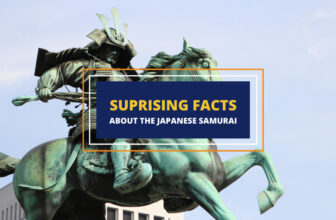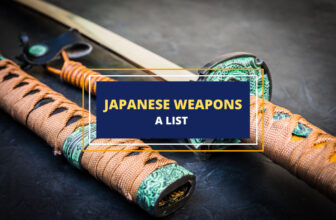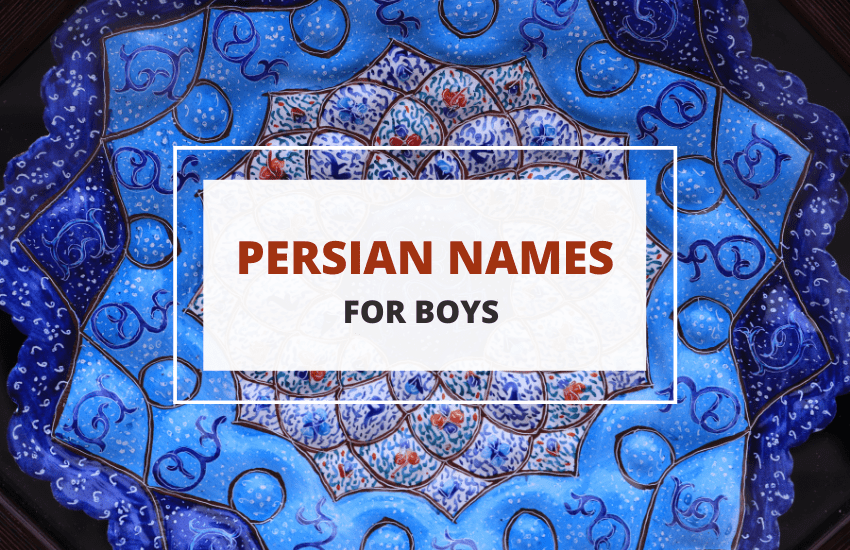
Persian culture is one of the oldest existing civilizations, and as such, it has experienced many changes over time.
Through the centuries, Persia passed from being a relatively small province in Southwestern Iran to becoming the birthplace of several massive empires, and from being the home of many religions to one of the main strongholds of Shia Islam.
Persian names are among the aspects of the Iranian culture that best reflect the diversity and richness of its history. In this article, we’ll focus on Persian boys’ names and how they evolved.
The Structure of Persian Names
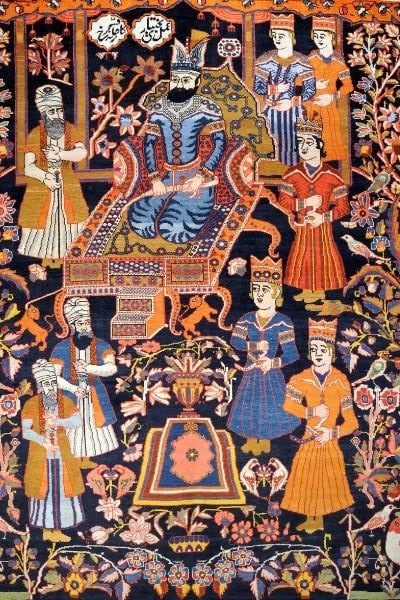
Since the modernization of the Iranian state carried out by Reza Shah during the early twentieth century, naming conventions in Persian changed to include the use of last names, while middle names disappeared. This section will briefly revise the traditional structure of modern Persian (Farsi) names.
From 1919 onward, proper Persian names have been composed of a given name and the last name. Both Persian given names and last names can come in a simple or compound form.
Nowadays, most Persian names are of Islamic origin. Some examples of given Persian names are:
Mohamad (‘praised, commendable’), Ali (‘high, elevated’), Reza (‘contentment’), Hossein/Hussein (‘beautiful, handsome’), Said (‘blessed, happy, patient’), Zahra (‘bright, brilliant, radiant’), Fatemeh (‘abstainer’), Hassan(‘benefactor’).
Persian names in a compound form combine two first names, either of Islamic or Persian origin. Some Persian compound names are:
Mohamad Naser (‘praised granter of victory’), Mohammad Ali (‘praiseworthy’), Amir Mansur (‘victorious general’), Mohamad Hossein (‘praised and handsome’), Mohamad Reza (‘talented person or individual of great value’), Mostafa Mohamad (‘praised and preferred’), Mohamad Bagher (‘praised and talented dancer’).
It’s worth noting that in the case of some Persian compound names, the two names can be written together, without the space between them, like in Mohamadreza and Alireza.
As mentioned before, it’s possible to find Persian last names with a simple structure (i.e., Azad meaning free or Mofid meaning useful]) or a compound structure (i.e., Karimi-Hakkak).
Persian last names may also contain prefixes and suffixes that work as determiners (i.e., they bring extra information to the noun). For example, affixes such as ´-i’,’-y’, or ’-ee’ are commonly used to form last names with meanings associated with personal qualities (Karim+i [‘generous’], Shoja+ee [‘brave’]), and specific locations (Tehran+i [‘related to or originated in Tehran’]).
Curious Facts about Persian Names
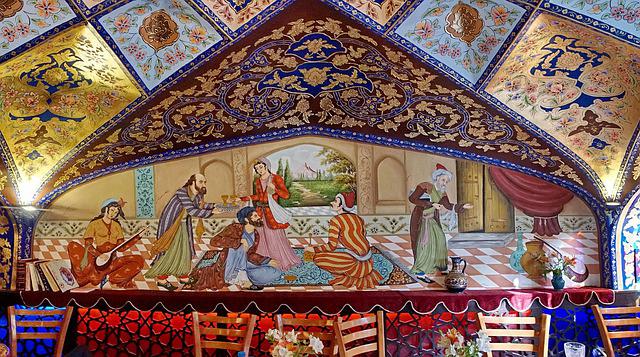
- Iranians (modern-day Persians) can receive two first names, despite not using middle names among their naming conventions.
- Many common Persian names are inspired by great political or religious leaders, such as Darioush, the notorious Achaemenid monarch, or the Prophet Muhammed.
- It’s not uncommon for Persian names to have a meaning.
- Naming is patrilineal, so children take their father’s last name. It’s also worth commenting that Persian women don’t have to replace their last name with that of their husbands after getting married. However, those who desire it can use a hyphen to combine the two last names to form a new one.
- The suffix -zadden/-zaddeh (´son of’) is added to some Persian names to reflect the filial connection between a father and a son. For instance, the name Hassanzadeh means that its carrier is the ‘son of Hassan’.
- Some names reflect the background of a person’s family. For example, those named after the Prophet Muhammad or a wally (Islamic saint) might come from a family with strong religious beliefs. On the other hand, those with a classic Persian name might come from a family with more liberal or unorthodox values.
- If somebody’s name includes the title ‘Haj’, it’s an indication that that person had completed their pilgrimage to Mecca, the birthplace of the Prophet Muhammad.
- Most Persian names that end with the suffixes -ian or -yan originated during the times of the Armenian Empire, therefore, they’re also considered traditional Armenian names.
104 Persian Names for Boys and Their Meanings
Now that you have learned how Persian names are formed, in this section, let’s take a look at a list of traditional Persian names for boys and their meanings.
- Abbas: Lion
- Abdalbari: True follower of Allah
- Abdalhalim: Servant of the patient one
- Abdallafif: Servant of the kind one
- Abdallah: Servant of Allah
- Amin: Truthful
- Amir: Prince or high ranking official
- Anosh: Eternal, everlasting, or immortal
- Anousha: Sweet, joy, fortunate
- Anzor: Noble
- Arash: A Persian archer
- Aref: Knowledgeable, wise, or sage
- Arman: Wish, hope
- Arsha: Throne
- Arsham: One who is very powerful
- Artin: Righteous, pure, or holy
- Aryo: Name of the Iranian hero who fought against Alexander the Great. He is also known as Ariobarzanes the Brave
- Arzhang: Name of a character in Shahnameh, a long epic poem written by the Persian poet Ferdowsi somewhere between 977 and 110 CE
- Ashkan: An ancient Persian King
- Asman: The highest of heavens
- Ata: Gift
- Atal: Hero, leader, guide
- Aurang: Warehouse, a place where goods are stored
- Ayaz: Night breeze
- Azad: Free
- Azar: Fire
- Aziz: Powerful, respected, beloved
- Baaz: Eagle
- Baddar: One who’s always on time
- Badinjan: One who possesses excellent judgment
- Baghish: Light rain
- Bahiri: Brilliant, lucid, or renowned
- Bahman: A person who has a content heart and good spirit
- Bahnam: A reputable and honorable person
- Bahram: Name of the fourth Sasanian King of Kings of Iran, who ruled from 271 CE to 274 CE
- Bakeet: One who uplifts mankind
- Bakhshish: Divine blessing
- Bijan: Hero
- Borzou: High in status
- Caspar: Guardian of the treasure
- Changeez: Adapted from Chengiz Khan, the fearsome Mongol ruler
- Charlesh: Chief of the tribe
- Chavdar: Dignitary
- Chawish: Leader of the tribe
- Cyrus: From Cyrus the Great
- Darakhshan: Bright light
- Darius: Rich and kingly
- Davud: Persian form of David
- Emad: Bringer of support
- Esfandiar: Pure creation, also from the epic
- Eskandar: From Alexander the Great.
- Faireh: Bringer of happiness
- Farbod: One who protects the glory
- Farhad: Helper
- Fariborz: One who possesses a big honor and might
- Farid: The one
- Farjaad: One who is eminent in learning
- Farzad: Splendid
- Fereydoon: Persian mythical king and her
- Firouz: Man of triumph
- Giv: Character from the Shahnameh
- Hassan: Handsome or good
- Hormoz: Lord of wisdom
- Hossein: Beautiful
- Jahan: World
- Jamshid: Mythological king of Persia.
- Javad: Righteous from the Arabic name Jawad
- Kai-Khosrow: Legendary king of the Kayanian dynasty
- Kambiz: Ancient king
- Kamran: Prosperous and fortunate
- Karim: Generous, noble, honorable
- Kasra: Wise king
- Kaveh: Mythical hero in the Shahnameh epic
- Kazem: One who shares something among people
- Keyvan: Saturn
- Khosrow: King
- Kian: King
- Mahdi: Rightly guided
- Mahmoud: Praise
- Mansour: He who is victorious
- Manuchehr: Heaven’s face – the name of a mythical Persian king
- Masoud: Fortunate, prosperous, happy
- Mehrdad: Gift of the sun
- Milad: Son of the sun
- Mirza: Prince in Farsi
- Morteza: He who pleases God
- Nader: Rare and exceptional
- Nasser: Victorious
- Navud: Good news
- Omid: Hope
- Parviz: Fortunate and happy
- Payam: Message
- Pirouz: Victorious
- Rahman: Gracious and merciful
- Ramin: Rescuer from hunger and pain
- Reza: Contentment
- Rostam: A legendary hero in Persian mythology
- Salman: Safe or secure
- Shahin: Falcon
- Shapour: Son of the king
- Sharyar: King of kings
- Solayman: Peaceful
- Soroush: Happiness
- Zal: Hero and protector of ancient Persia
The Evolution of Ancient Persian Culture
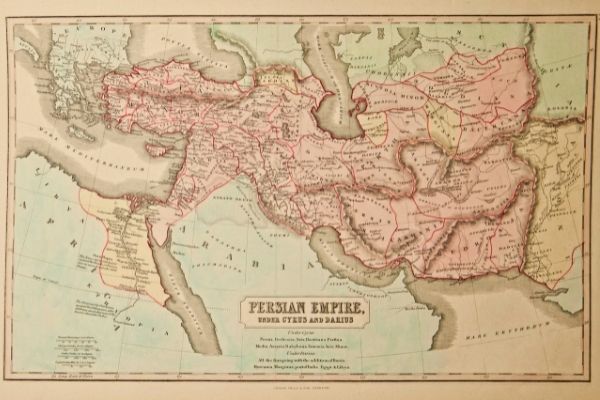
Persian names are the result of the rich culture and history of the country today known as Iran. The influence of ancient kings and Islamic culture can be seen in these naming choices today. So we can’t separate the history from the names when trying to understand where these names come from.
With that in mind, here’s a look at the ancient history of Persia.
It’s believed that Persians descended from Central Asia to Southwestern Iran in the early 1st millennium BC. By the 10th century BC, they were already settled in Persis, a region named after its inhabitants. Soon enough, the word spread fast across the different Middle Eastern civilizations, regarding the mastery of the Persian archers. However, Persians would not directly play a major role in the politics of the region until the mid-6th century BC.
From the Achaemenid Empire to Alexander the Great’s Conquest
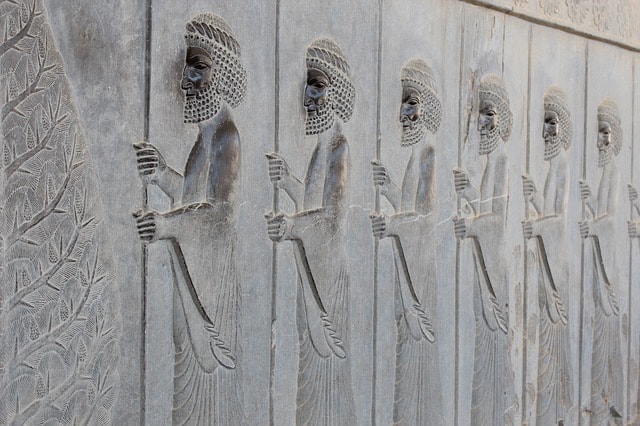
Persians first became notorious to the rest of the ancient world in 550 BC, when Persian King Cyrus II (dubbed ever since as ‘the Great’) defeated the forces of the Median Empire–the biggest of its time–, conquered their territories, and subsequently founded the Achaemenid Empire.
Cyrus promptly showed that he was an apt ruler by providing his empire with an efficient administrative structure, a fair justice system, and a professional army. Under Cyrus’s rule, the Achaemenid Empire’s borders expanded as far as the Anatolian coast (modern-day Turkey) to the West, and the Indus Valley (present-day India) to the East, thus becoming the biggest political entity of the century.
Another remarkable feature of Cyrus’s rule was that, despite practicing Zoroastrianism, he promulgated religious tolerance for the majority of the ethnic groups that lived within his territories (something rather unusual by the standards of the time). This multicultural policy also applied to the use of regional languages, even though the empire’s official language was Old Persian.
The Achaemenid Empire existed for over two centuries, but despite its grandeur, it would quickly end after the 334BC invasion of Alexander III of Macedon. To the surprise of his contemporaries, Alexander the Great conquered all of ancient Persia in less than a decade, but died pretty soon afterward, in 323 BC.
The Seleucid Kingdom and the Hellenization of Ancient Persia
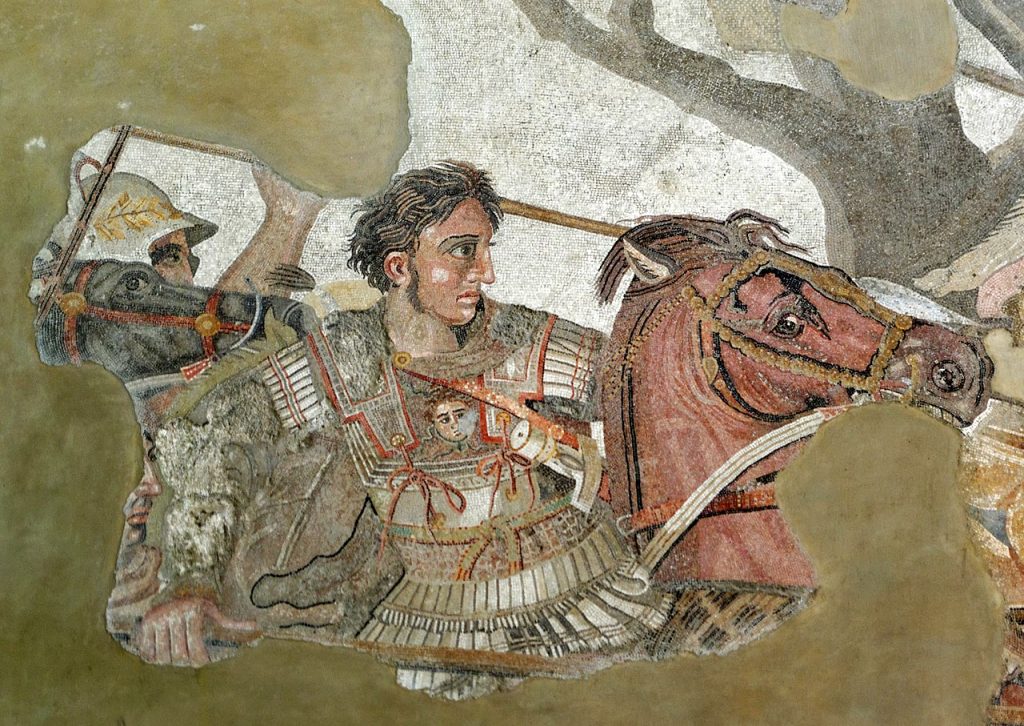
The recently formed Macedonian Empire split into several parts following Alexander’s death. In the Middle East, Seleucus I, one of Alexander’s closest commanders, founded the Seleucid Kingdom with his share. This new Macedonian kingdom would eventually end up replacing the Achaemenid Empire as the highest authority in the region.
The Seleucid Kingdom existed from 312 BC to 63 BC, however, it only remained as an actual major force in the Near and Middle East for a little more than a century and a half, due to the sudden climb to power of the Parthian Empire.
While at its highest point, the Seleucid Dynasty initiated a process of Hellenization of Persian culture, introducing Koine Greek as the official language of the kingdom and stimulating the influx of Greek immigrants to Seleucid territory.
Near the mid-3rd century BC, Seleucid rulers faced a series of internal revolts that considerably weakened their authority in the region, thus leaving the road open for the appearance of a new major political actor.
The Parthian and the Sassanian Empires
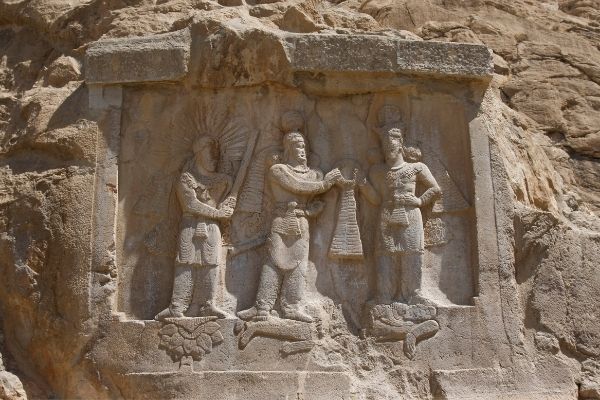
It was the Parthians who took the most advantage out of the Seleucid’s critical situation, by claiming the independence of their land in 247 BC. Parthia, located in northeast Iran, was a province of the Seleucid Kingdom. This territory possessed great strategic value, as it stood between the several dangerous Iranian nomadic tribes that wandered across the Caspian Sea’s eastern borders and the empire’s northern cities, and therefore served as a containment barrier.
Unlike the Seleucids, Parthians rulers didn’t base their claim of power merely on their strength but also on the common cultural background that they shared with other Iranian tribes (especially the ones from northern Iran). It’s believed that this closeness with the locals allowed Parthians to increase and maintain their sphere of influence across time consistently.
However, the contributions of Arsaces I, the founder of the Parthian Empire, must not be overlooked either, since he provided his empire with an army of trained soldiers, and also fortified many Parthian cities to resist any possible Seleucian attempt to reabsorb Parthia.
During the four centuries of its existence, the Parthian Empire became a prime center of commerce, as the Silk Route (which was used to trade silks and other valuable goods from Han China to the western world) crossed its territory from one end to another. Throughout this time, the Parthian imperial forces also played a crucial role in stopping the eastward expansion of the Roman Empire. However, in the late 210s AD, the empire started to succumb due to internal strife and a consistent string of Roman invasions.
In 224 A.D., the vacuum of power left by the Parthians was filled by the Sasanian Dynasty. Sasanians came from Persis, and therefore they considered themselves the true heirs of the Achaemenid Empire.
To prove this connection, Sassanian rulers focused on the Iranization of the empire’s culture (a trend that had already begun under the Parthians), making Middle Persian the state’s official language and limiting the influence of Greeks in the government’s high spheres. This revival of Persian culture also struck the arts, as Hellenistic motifs were progressively abandoned during this period.
Like their predecessors, Sassanian rulers kept repelling invaders from the region (first the Romans, then, from the early 4th century onward, the Byzantines), until the Muslim conquests of the 7th century took place. These conquests mark the end of the ancient era in Persia.
Why Are So Many Persian Names of Arabic Origin?
The existence of Persian names with Arabic origins can be explained by the transculturation that took place after the Muslim conquest of the Persian territories (634 AD and 641 AD). Following this conquest, Persian culture was profoundly affected by the religious ideals of Islam, so much that the effects of Persia’s Islamization are still palpable in modern-day Iran.
Conclusion
Persian names are among the aspects of Persian culture that best reflect its historical richness. During the ancient era alone, the Persian civilization was home to several massive empires (such as the Achaemenid, the Parthian, and the Sassanian). Later on, in pre-modern times, Persia became one of the main strongholds of Shia Islam in the Middle East. Each of these periods has left a particular mark on Persian society, which is why it’s possible to find traditional names with either Persian or Arabic origins (or both) in modern-day Iran.





